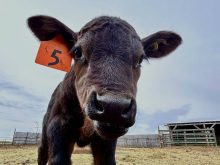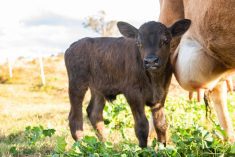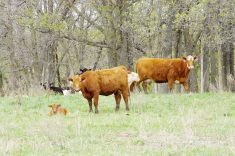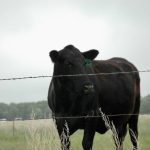Ranchers have seen calves with signs of coccidiosis this fall and winter, according to Gerald Stokka, North Dakota State University Extension’s veterinarian.
Coccidiosis is an intestinal disease that affects several different animal species. In cattle, it may produce clinical symptoms in animals from one month to one year of age.
Coccidia is a protozoan parasite that can multiply rapidly.
Read Also

Canada seventh on agri-food influence
Comparison of 19 G20 countries says Canadian agri-food needs investments, processing, action on retail consolidation to realize potential
“Coccidia are very host-specific; that is, only cattle coccidia will cause disease in cattle,” Stokka says. “Other species-specific coccidia will not cause disease in cattle.”
The major damage to calves is the result of the rapid multiplication of the parasite in the intestinal wall and subsequent rupture of the cells of the intestinal lining.
Several stages of multiplication occur before the final stage, when the oocyst (egg), is passed in the feces. Oocysts are extremely resistant to environmental stress and are difficult to remove from the environment. Oocysts must undergo a final process called sporulation before they are infective again. They frequently contaminate feed and water.
Symptoms
In weaned calves, clinical signs of coccidiosis may develop following stressful events such as weather changes, or if the calves are being fed and are eating off the ground.
“Symptoms or signs of coccidiosis will depend on the stage of the disease at the time of observation,” says Stokka.
In general, coccidiosis affects the intestinal tract and creates symptoms associated with it. In mild cases, calves only have a watery diarrhea, but in most cases, blood is present in the feces. Straining, along with rapid dehydration, weight loss and going off feed, may be evident.
Animals that survive for 10 to 14 days may recover but permanent intestinal damage may occur. The lesions associated with coccidiosis that are found after death are generally confined to the cecum, colon, ileum and rectum.
Laboratory findings should be correlated with clinical signs for a diagnosis because other infectious diseases such as salmonella and bovine viral diarrhea virus also may lead to blood in the stool, Stokka notes.
“The life cycle of coccidiosis in calves is approximately 21 days,” he adds. “This means that if a weaned calf is showing signs and symptoms of coccidiosis at three weeks after weaning, the logical conclusion is that weaning pens are contaminated.”















